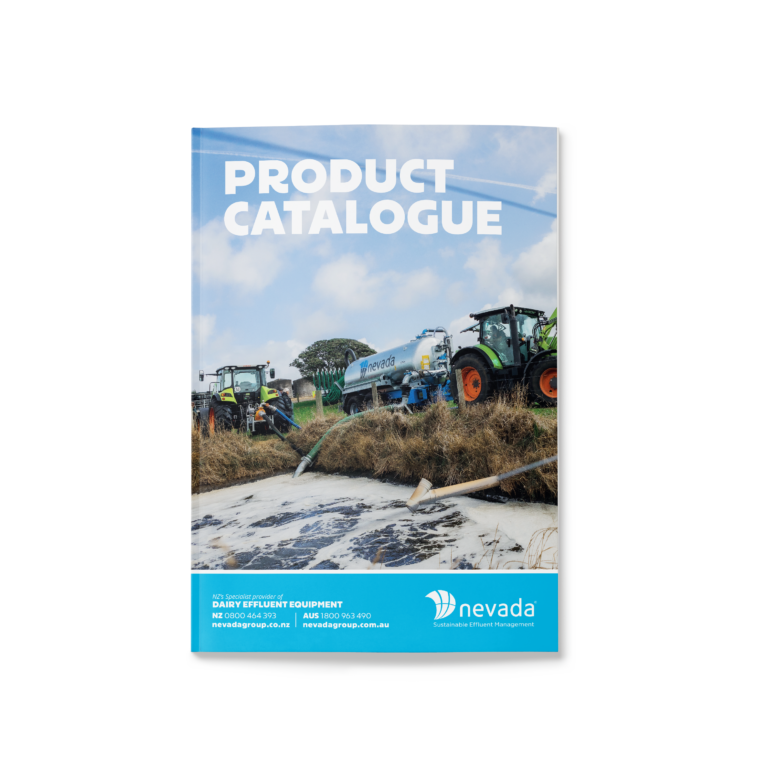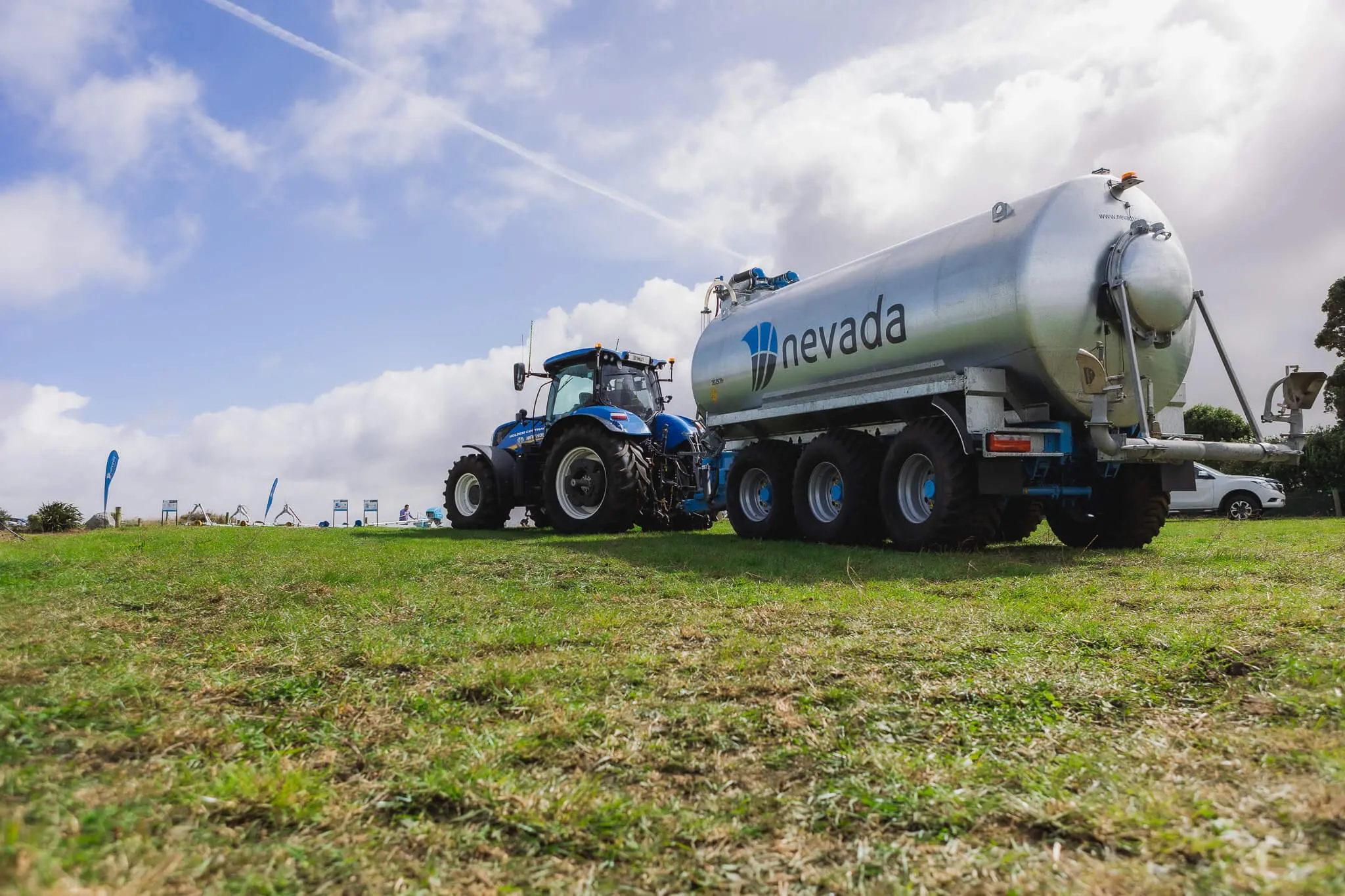- Sustainable Effluent Management

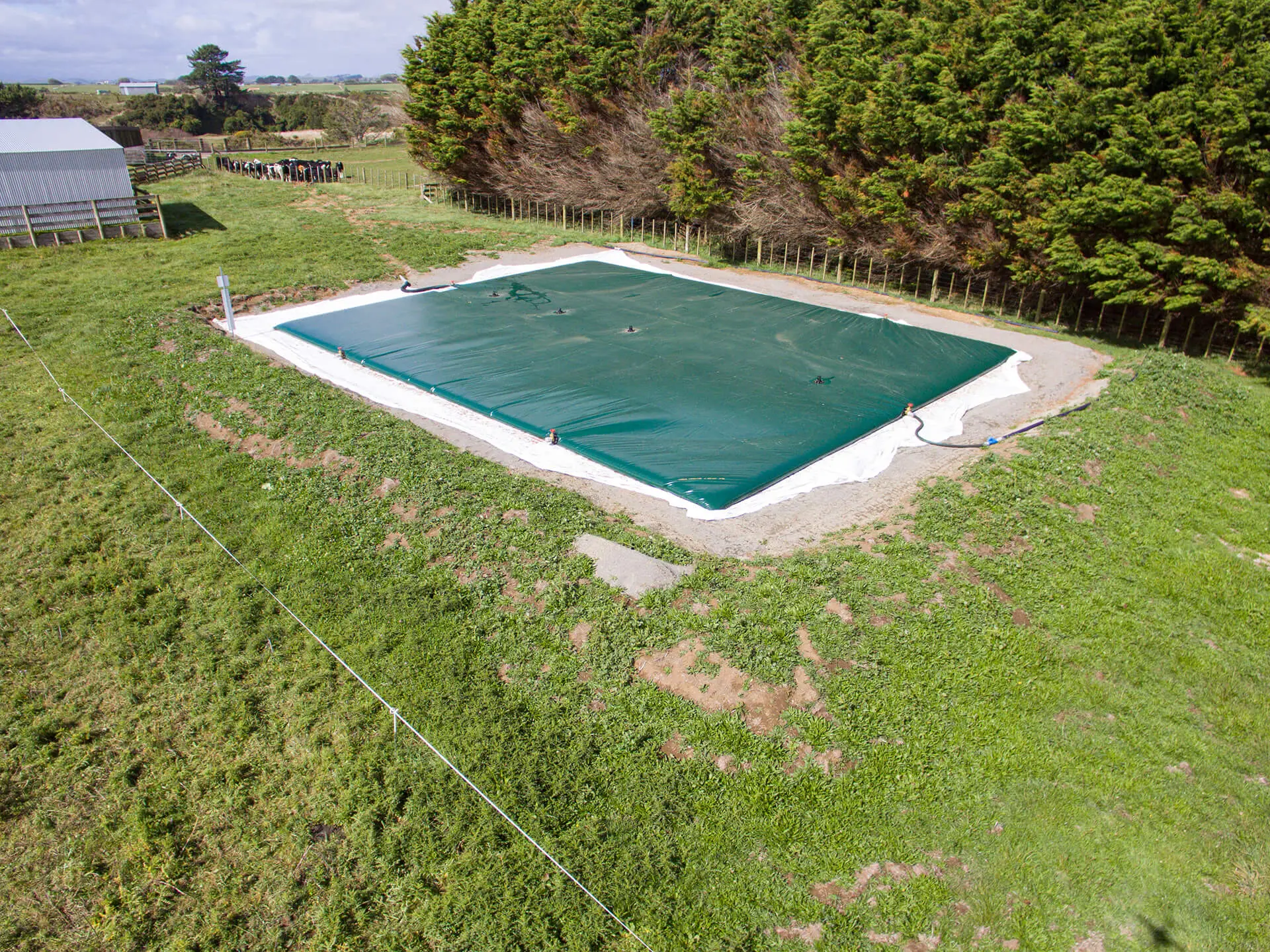
Nevada Dairy Effluent Bladder Tanks are quick and easy to install, with minimal earthworks required. Our bladders are low maintenance, foldable, transportable, and even earthquake resistant. They’re incredibly safe too – with no risk of people falling in. And to top it off, we offer a 10-year manufacturer’s warranty to ensure your complete peace of mind.
Being totally enclosed, there’s no external contamination, oxidation, or evaporation – and with gas vents included, you’ll experience limited odours too. This greatly reduces methane emissions. Plus, Nevada bladders come equipped with multiple mixing valves. You can wave goodbye to crusting issues while increasing your nutrient value!
Don’t settle for subpar storage solutions – invest in our flexi Effluent Bladder Tanks today and experience a top-quality product that delivers on all fronts!
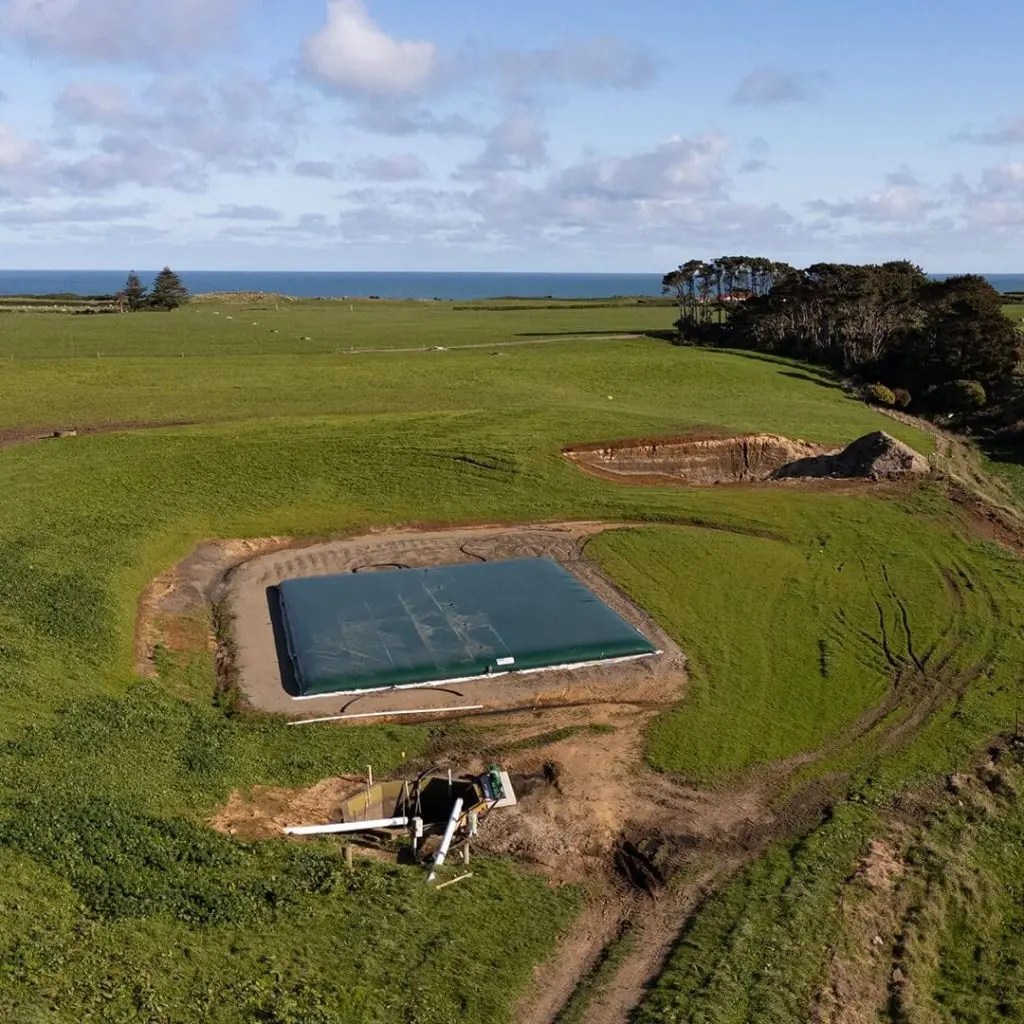
The demand for effluent bladder tanks has been continuously increasing, and with increased compliance measures, uncertain weather, and safety concerns it’s not hard to see why!
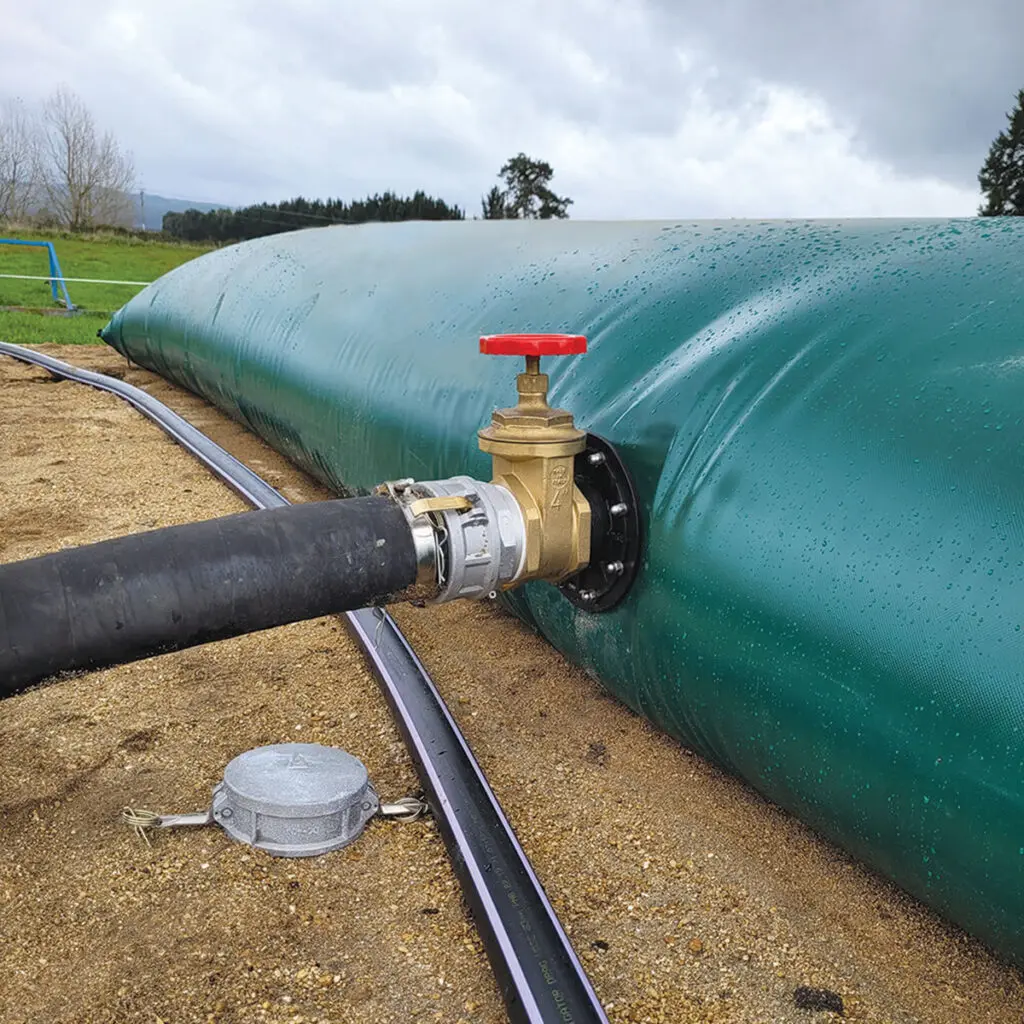
Nevada’s high performance effluent bladder tanks are made from the finest technical fabrics that boast exceptional puncture resistance. Advanced technology allows us to provide superior quality, without compromise. The assembly process involves high frequency welding, ensuring our tanks are certified to ISO 9001 standards, giving you peace of mind that they are built to last.
The bladder’s material is fortified with cutting-edge technology that drastically reduces penetration into coated fabrics, preventing any capillarity ruptures from forming. Composite textile membranes are engineered with a PES woven reinforcement that delivers unparalleled dimensional stability and outstanding resistance. Several high-performance polymer layers are added, providing exceptional resistance to stretching and an incredibly low shrinkage rate.
We take pride in our commitment to sustainable and practical storage solutions, ensuring that our bladder tanks meet and exceed your expectations. Experience the difference that our advanced material technology can make with Nevada’s effluent bladder tanks.
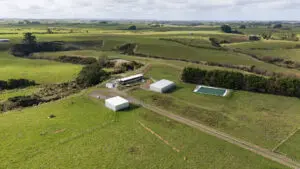
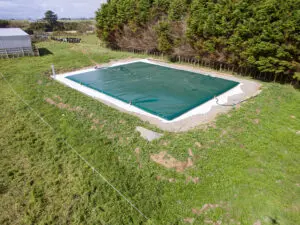
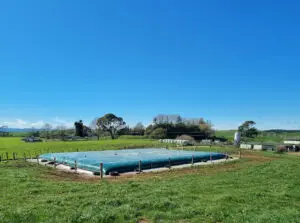
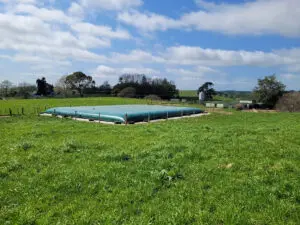

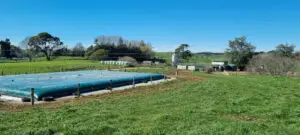
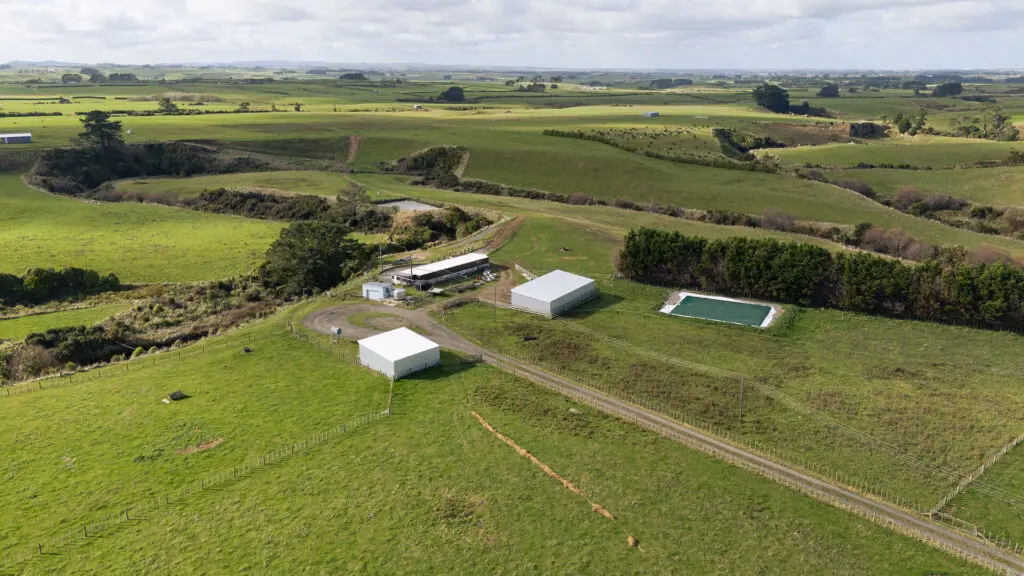
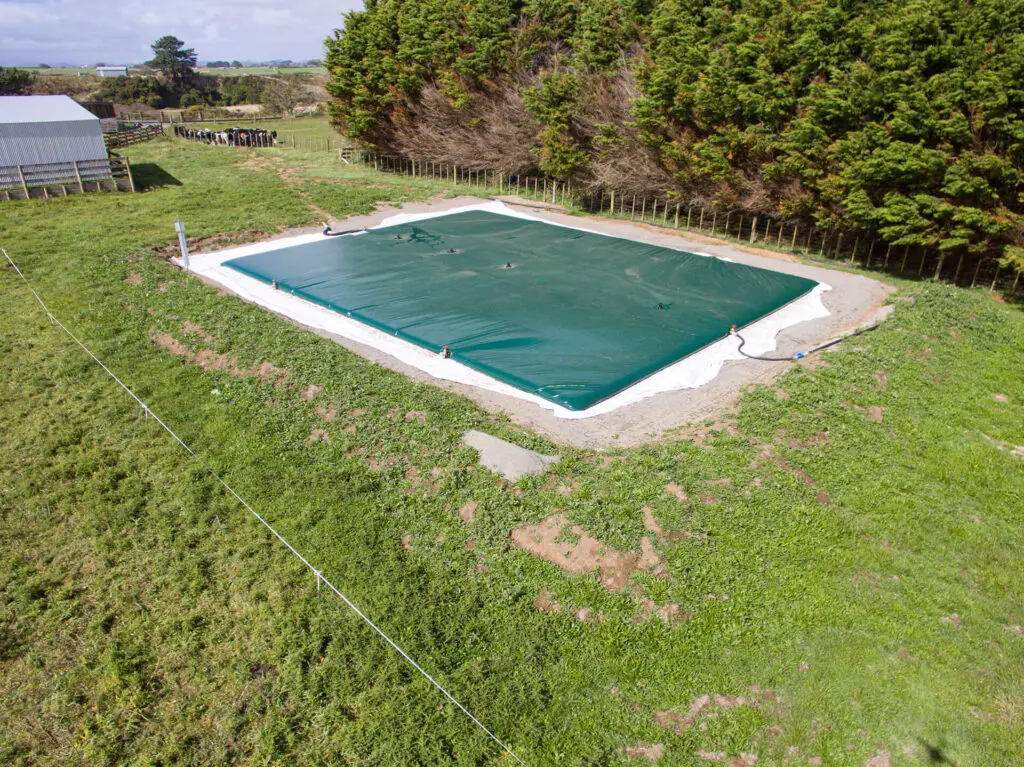
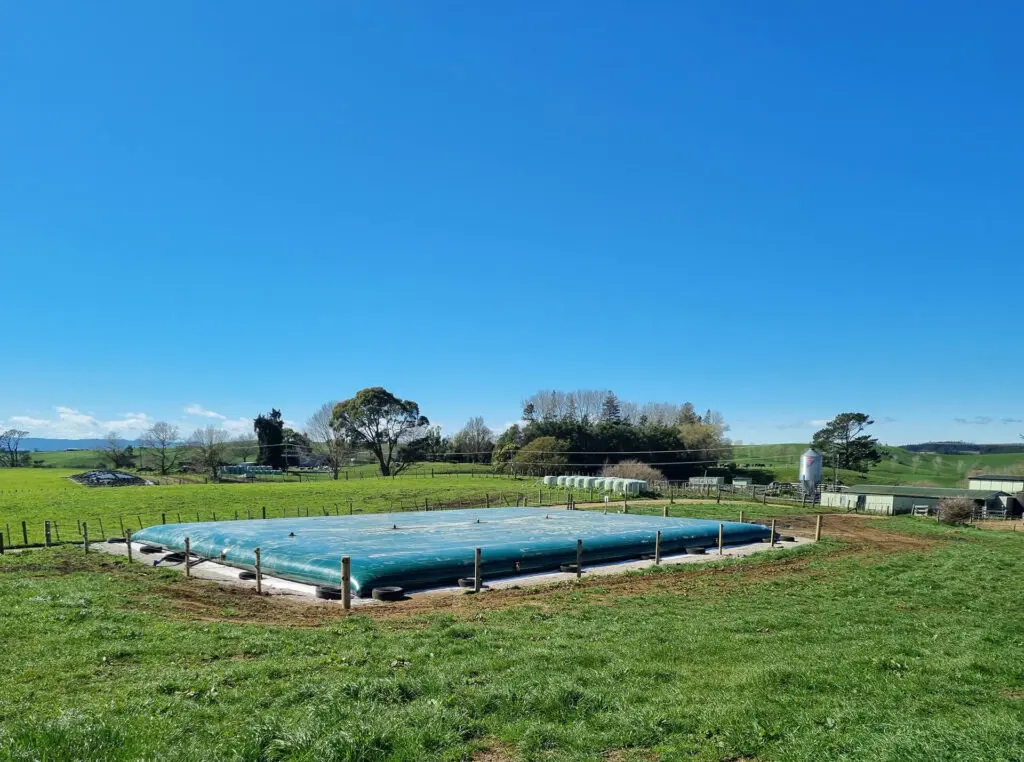
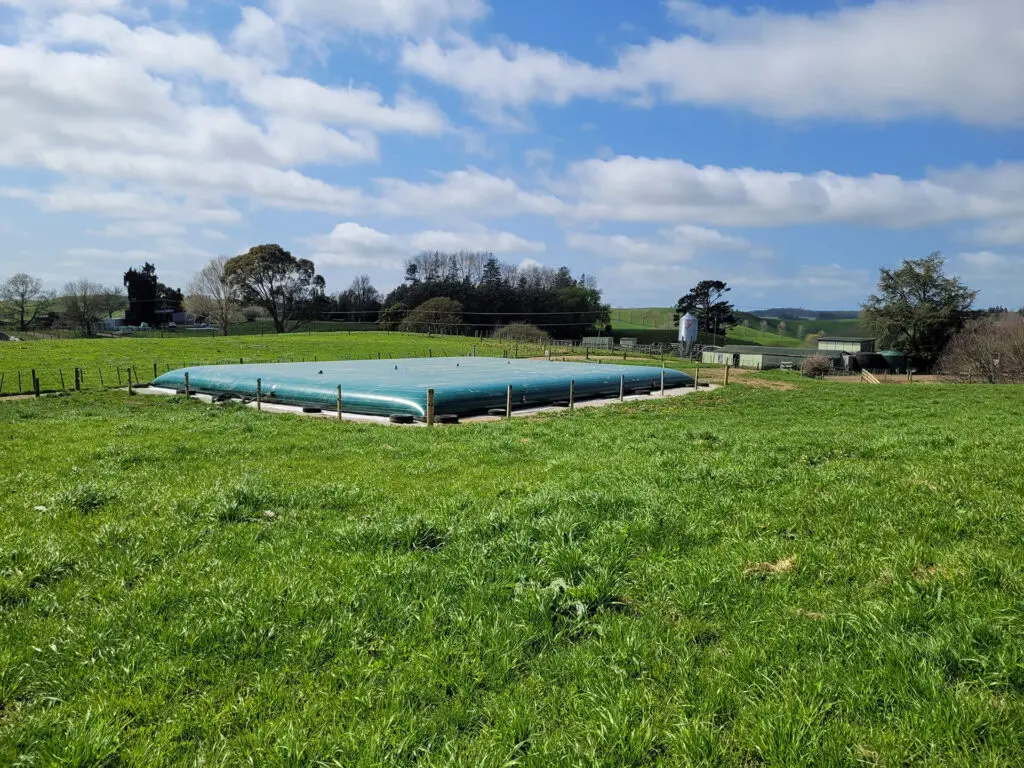
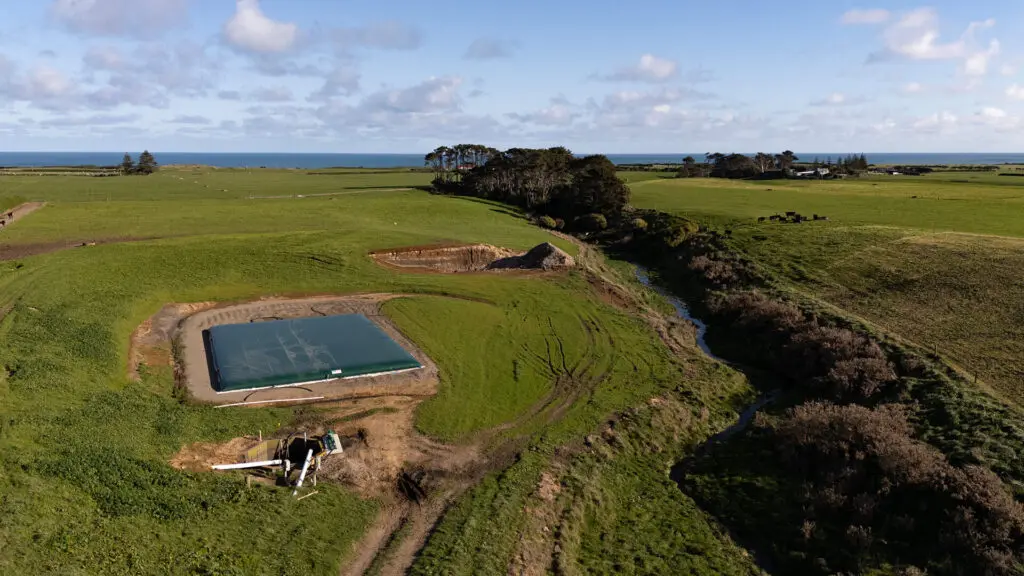
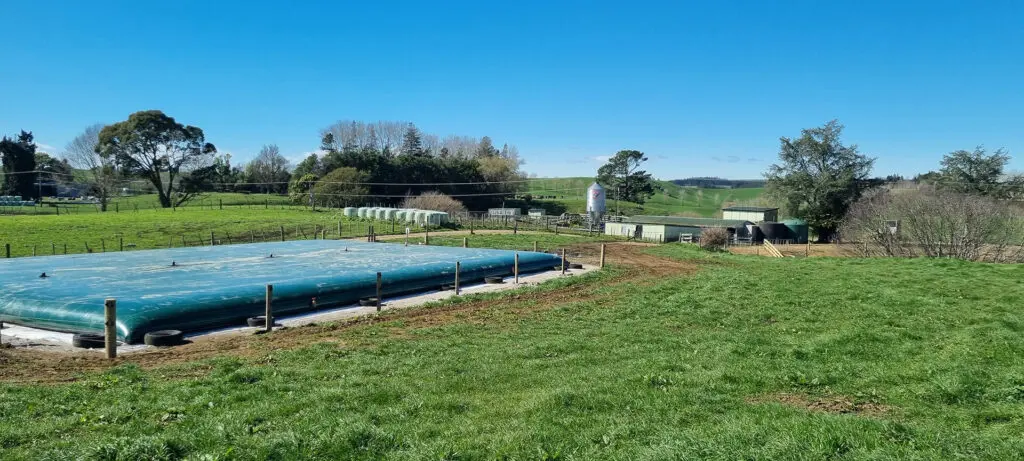
As with any effluent storage system, it is critical that the bladder tank is thoroughly stirred. Bringing the effluent into suspension helps avoid heavy sediment building up on the base of the bladder and over time making it difficult
to mix in the future.
To adequately stir the bladder, utilise the ports around the tank by sucking effluent out through one port and pumping it back into the bladder through another port with a high-volume PTO effluent pump. (If a PTO pump is not available, then a very large capacity motorised trash pump could be an option).
Whilst pumping, a swirling motion is created bringing all the effluent into suspension. Switch to the opposite side to work around the different ports to make sure the tank is adequately stirred before irrigating.
On average, a bladder tank should be mixed for a minimum of 30-60 minutes, every one to two weeks. However, it may take longer if the tank has been left stagnant for several months. We recommend stirring thoroughly every time before the tank is emptied or any fluid is sucked out.
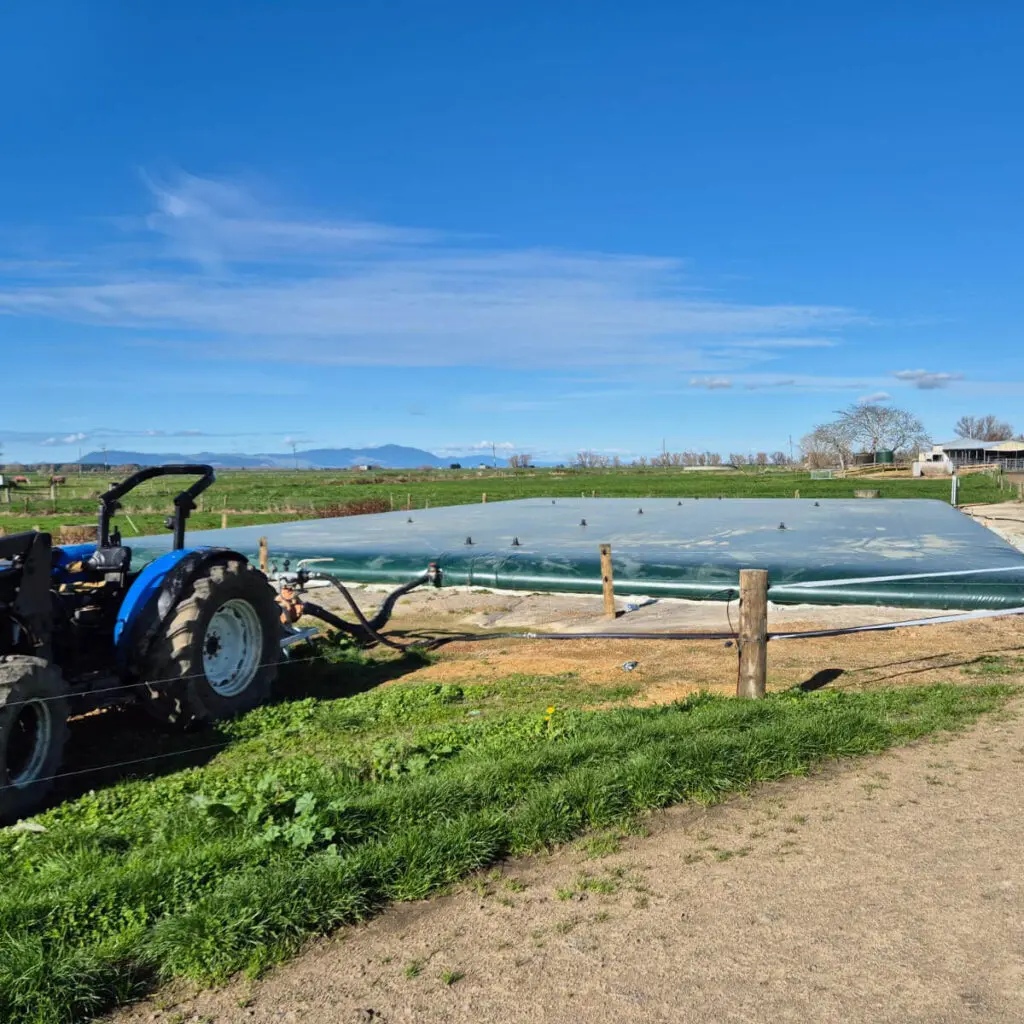
Nevada Bladder Tanks are high-quality and trusted by New Zealand farmers for safety and reliability. That is why they are supported with a ten year manufacturer’s warranty, and backed by customer service that is second to none.
FAQ
Yes. Unlike open effluent ponds, which allow methane (a potent greenhouse gas) to escape into the atmosphere as effluent breaks down, bladder tanks are fully sealed. This sealed design greatly reduces the conditions where methane-producing microbes can thrive, meaning less methane is released. As a bonus, bladder tanks can also be paired with gas-capture systems, turning potential emissions into a usable energy source.
Nevada provides you with a complete checklist for site preparation.
Place the bladder tank on a stable, flat surface near the water source for easy access and maintenance. Ensure good drainage, avoid flood prone areas and comply with local regulations. Nevada provides a detailed checklist for the setting up and installation of your Bladder Tank.
Bladder tank’s need regular inspections for leaks, periodic cleaning, checking valves and fittings, ensuring vents are clear, and maintaining any pumps according to instructions.
Nevada bladder tanks use top-tier, rip-stop reinforced fabric with high tensile/tear strength and excellent flexibility to handle torsion. Seams are heat-welded, corners are four-pad reinforced, and outer coatings resist UV and fungal growth.
Durability still depends on correct installation and use: a smooth base, keeping sharp objects away, not overfilling (use the level gauge), and regular inspections.
All Nevada bladder tanks come with a 10-year manufacturer’s warranty, starting from the date of manufacture. This warranty covers defects in materials and workmanship when the tank is used and maintained in line with the manufacturer’s guidelines.
They’ve been in some of the harshest conditions around the world and are still going strong after 20 years.
Yes, the Nevada bladder tanks are specifically built for liquid effluent storage. They’re designed to hold dairy effluent safely and effectively.
All Nevada bladder tanks are manufactured in France. The manufacturer is ISO9001 certified for the design and manufacture of bladder tanks.
Yes, our effluent bladder tanks can be moved after installation. They’re designed to be somewhat portable and flexible, allowing for relocation if necessary.
Our bladder tanks are built to withstand tough conditions, but as with any effluent storage solution, damage is possible if they are misused or exposed to unexpected events. The main risks include punctures from sharp objects, overfilling past the tank’s limits, or accidental damage from machinery.
Regular inspections and proper usage in line with the manufacturer’s guidelines will greatly reduce this risk. Every Nevada bladder tank is supplied with a colour gauge to indicate capacity levels, and for our standard stocked sizes, the bladder tank must not be filled beyond 1.5 metres. (Refer to Question 5 for more details.)
We hold capacity range from 300m³ – 2000m³, Although the range available for indent is from 1m³ – 2,000m³. You can also join bladder tanks together to create the volume you need.
Composite textile membranes are engineered with a PES (Polyester) woven reinforcement that delivers unparalleled dimensional stability and outstanding resistance. This makes them very flexible.
Our installation process for bladder tanks typically takes a few hours to a couple of days, depending on the tank size, site preparation, and specific installation requirements. Nevada provides a complete checklist for site preparation prior to Nevada’s install team arriving on site. Setting up the bladder tank is normally completed within a day.
To determine the size of the bladder tank you need, consider your water usage, application (residential, commercial, industrial), available space, and regulatory requirements.
Our bladder tanks are built for cool water and dairy effluent/manure/slurry use. Remove as much sediment and solids as possible through sand and stone traps before the fluid enters the bladder tank.
Discover engaging videos and media showcasing our equipment, success stories, and best practices in dairy effluent management.
Access valuable resources, expert advice, and tools to optimise your dairy farm’s effluent management.

Stay ahead with the latest in dairy effluent management. Our expert blogs cover best practices, product insights, sustainability…
Discover engaging videos and media showcasing our equipment, success stories, and best practices in dairy effluent management.

Explore our full range of dairy effluent solutions in one place. Download our catalogues to browse top-quality equipment, innovative solutions, and…
Everything from Electric to Tractor Driven PTO Dairy Effluent Systems and how to manage them. Do you have a question? Drop us a line sales@nevadagroup.co.nz and we’ll answer them for you.
GET IN TOUCH
Take the next step toward efficient, sustainable dairy farming with Nevada Group’s expert solutions.
"*" indicates required fields
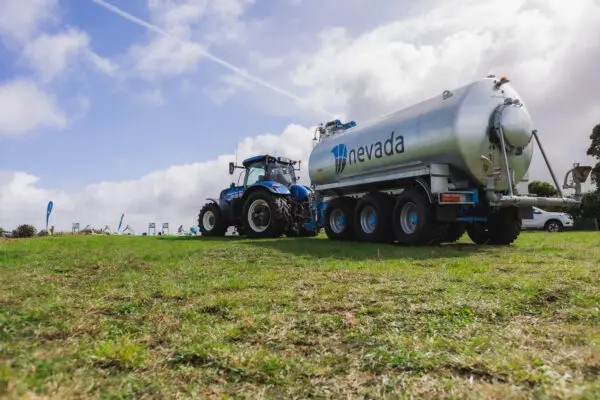
"*" indicates required fields

"*" indicates required fields

"*" indicates required fields
